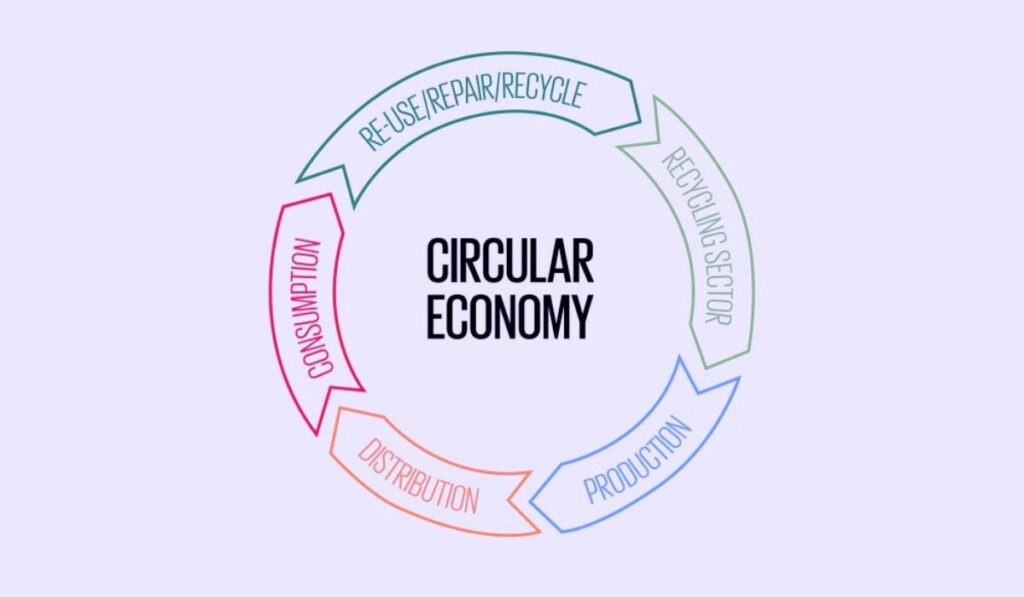In the pursuit of a more sustainable future, innovative approaches are essential to transform waste into valuable resources, thereby fostering sustainable economies. This paradigm shift not only addresses environmental concerns but also presents lucrative opportunities for businesses and communities alike. From recycling to upcycling, various strategies are being employed worldwide to harness the potential of waste and convert it into wealth.
Understanding the Problem
The issue of waste management has reached critical levels globally. Rapid urbanization, population growth, and industrialization have led to an exponential increase in waste generation, straining existing infrastructure and causing environmental degradation. Landfills overflow, oceans choke with plastic, and ecosystems suffer as a consequence. Moreover, the linear economic model of ‘take, make, dispose’ exacerbates resource depletion and exacerbates climate change.
The Shift Towards Circular Economies
To combat these challenges, a transition towards circular economies is imperative. Unlike the linear model, which is inherently wasteful, circular economies aim to minimize waste and maximize resource efficiency by closing the loop of production, consumption, and disposal. Central to this approach is the concept of ‘waste as a resource,’ where materials are continuously reused, remanufactured, or recycled to retain their value within the economy.
Innovative Solutions
Numerous innovative solutions are emerging to facilitate this transition:
- Advanced Recycling Technologies: Breakthroughs in recycling technologies are enabling the recovery of valuable materials from various waste streams. Processes such as chemical recycling and pyrolysis can convert plastic waste into feedstock for new plastics or other products, reducing reliance on virgin resources.
- Biodegradable Alternatives: The development of biodegradable materials offers a sustainable alternative to conventional plastics. These materials can decompose naturally, reducing the burden on landfills and ecosystems while promoting a more circular approach to packaging and product design.
- Upcycling and Repurposing: Upcycling involves transforming waste materials into higher-value products, thereby extending their lifecycle and minimizing waste. From furniture made of reclaimed wood to fashion accessories crafted from discarded textiles, upcycling fosters creativity while reducing environmental impact.
- Waste-to-Energy Solutions: Technologies such as anaerobic digestion and incineration with energy recovery can convert organic waste into biogas or electricity, providing renewable energy sources while diverting waste from landfills.
- Collaborative Consumption Models: Sharing economies and collaborative consumption platforms promote resource sharing and utilization, reducing the demand for new products and minimizing waste generation. From car-sharing schemes to community tool libraries, these models encourage sustainable consumption habits.
Benefits and Opportunities
Embracing the transformation from waste to wealth offers numerous benefits and opportunities:
- Environmental Preservation: By reducing waste generation and promoting resource efficiency, sustainable waste management practices help conserve natural resources, mitigate pollution, and protect ecosystems.
- Economic Growth: The circular economy presents vast economic opportunities, from job creation in the recycling and renewable energy sectors to the development of innovative products and services that cater to consumer demand for sustainability.
- Cost Savings: Efficient waste management strategies can lead to significant cost savings for businesses and municipalities through reduced waste disposal fees, increased resource recovery, and enhanced operational efficiency.
- Community Engagement: Engaging communities in waste management initiatives fosters a sense of responsibility and ownership, leading to increased participation in recycling programs, community clean-ups, and sustainability initiatives.
- Resilience to Supply Chain Disruptions: By diversifying sources of raw materials and reducing dependence on finite resources, circular economies enhance resilience to supply chain disruptions and price volatility.
Conclusion
The transformation from waste to wealth is not only a necessity but also a tremendous opportunity to build more sustainable and resilient economies. By adopting innovative approaches, harnessing technology, and fostering collaboration across sectors, we can create a future where waste is no longer seen as a problem but as a valuable resource waiting to be unlocked. Through collective action and commitment, we can pave the way towards a more prosperous, equitable, and environmentally sustainable world.


